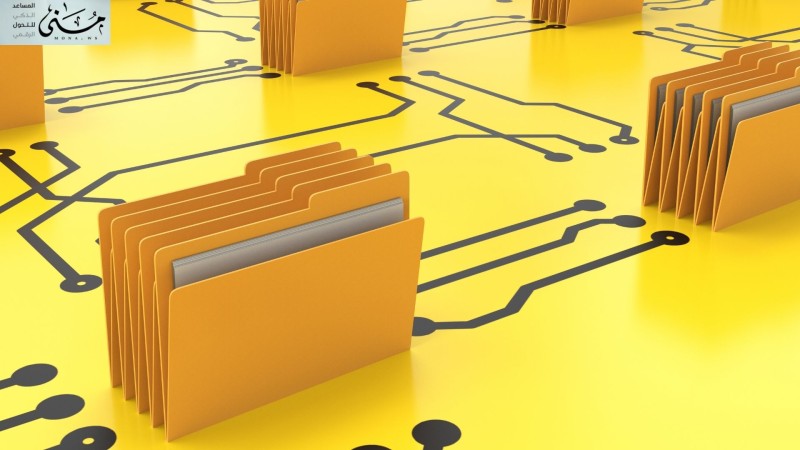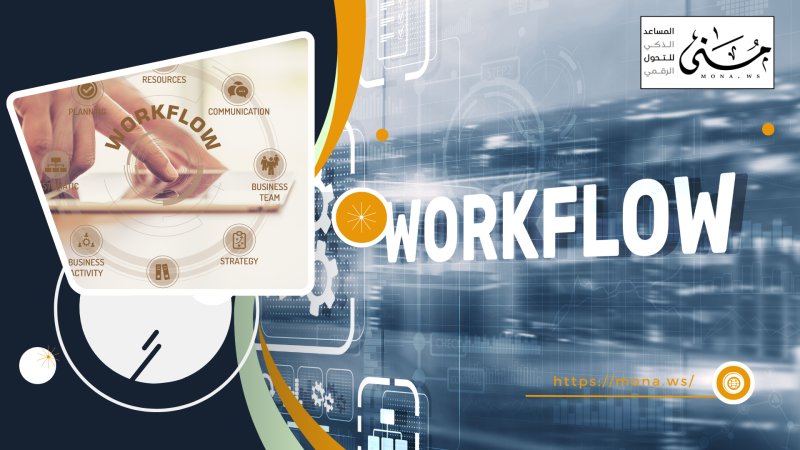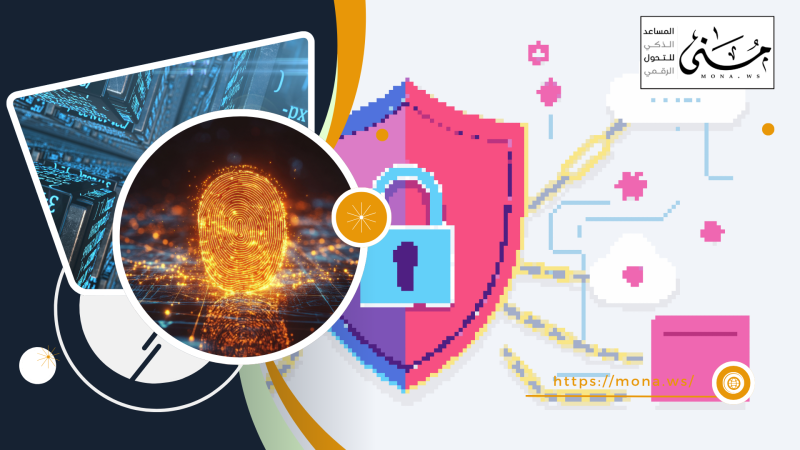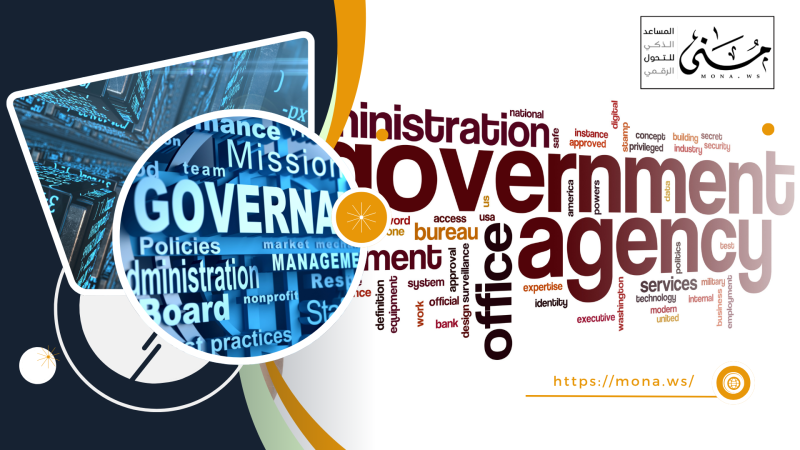In the age of streaming data and accelerating technologies, organizations can no longer rely on traditional methods for document management. Paper clutter, delayed access to information, and increased file errors are all signs that there is a serious problem with records management.
Hence the urgent need for electronic archiving, as an intelligent system that moves you from chaos to accuracy, and from paper to true digital transformation.
In this article, we review the most prominent indicators and signs that indicate you need to adopt an electronic archiving system, and discuss how advanced solutions can address this challenge and provide your organization with a strong and sustainable organizational structure.
Why has electronic archiving become a priority?
It has become clear that electronic archiving is not a luxury, but an administrative necessity for securing information, ensuring work efficiency, and achieving transparency. In organizations that still rely on paper, employees face daily problems in:
- Find important files
- Knowing the source of the decision or the background of the document
- Share documents with other departments
- Keep secure backups of vital documents.
In an environment based on electronic archiving systems, these processes become automated, fast, secure, and in line with the requirements of digital transformation.
Warning signs that reveal weak archiving in your organization
If you're wondering whether your organization needs electronic archiving, here are clear signs that indicate a weakness in archiving and an urgent need to move to a modern digital system:
- Taking a long time to search for files
One of the most obvious signs is if you or your team spend a lot of time searching through drawers or files.Excel or network folders to access a single document, this is a sign of disorganization.
Through an electronic archiving system, you can search by file name, keyword, and even internal content, to access it in seconds.DocSuite offers an intelligent search engine that reduces hours of effort to moments.
- Frequent loss of documents or difficulty retrieving them
Have you ever lost an official document? Or needed a document and couldn't find it in its place? This is one of the strongest indicators of poor archiving. The absence of a central document storage system leads to duplicate files, their loss, or even damage.
As for an electronic archiving system such asWith DocSuite, an original copy of each file is saved in a secure cloud environment, with specific access rights for each user, ensuring that no information is lost.
- Full reliance on paper in archiving files
If official correspondence is printed and filed by hand, you're far from the minimum requirements for digital transformation. Paper is slow, wears out quickly, and requires a lot of space. Sharing a paper copy between departments is also impractical.
Electronic archiving enables you to convert any file into a digital format and archive it within a smart system that allows you to categorize files, link them to procedures, and easily retrieve them later.
- Lack of organized backups
Sensitive documents require increased protection. Organizations without a professional backup mechanism are at risk of losing all of their data due to technical glitches or human error.
In electronic archiving systems such asDocSuite Automatic backups are taken on a regular schedule and stored in a secure environment that supports immediate recovery.
- Difficulty sharing files between departments
Do you need to send a copy of a document to another department? Do you have to mail or print it?This reflects a lack of internal communication and a lack of integration in document management.
With an effective electronic archiving system, documents can be easily shared internally, and specific permissions can be granted based on function, increasing implementation speed and reducing errors.
- Multiple copies of the document and conflicting information
When there are multiple versions of the same document, and the information between them differs, this creates confusion and chaos in decision-making. Weak oversight of versions and amendments is an indicator of weak archiving.
In electronic archiving systems, every modification is tracked, and only one copy is kept as an official source, ensuring the accuracy and uniformity of information.
- Lack of tracking of file-related actions
Can you track when the document was created, who approved it, and where it was sent next? If these questions are difficult to answer, it's a sign that the current system is unreliable.
Advanced electronic archiving allows for the creation of a complete record of each document's movement, enhancing records management and supporting compliance with administrative and control policies.
- Poor readiness for reviews and audits
When a regulatory body or internal auditor requests specific files, can they be prepared quickly and accurately?If it takes days, you're in real trouble.
Provides electronic archiving systems such as:DocSuite has built-in reports and custom queries, making file browsing a matter of minutes.
How does electronic archiving contribute to improving the efficiency of the institution?
Adopting an electronic archiving system goes beyond storing and organizing documents. Its impact extends to improving the work environment, enhancing operational performance, and supporting the organization's strategic objectives. Smart archiving is not merely a technical tool, but a comprehensive administrative lever. Here are the most significant aspects of its impact:
- Speed up procedures and reduce wasted time
In traditional systems, retrieving, signing, or sending a file can take a long time, especially if it is in an old archive, while in an electronic archiving environment:
- Any document can be accessed in seconds.
- It can be reviewed and signed electronically.
- Send to the concerned party with one click
This reduces time wasted on daily operations, and gives employees more space to focus on core tasks.
- Reducing operating costs
Have you ever thought about how much you spend on paper, ink, printers, storage, and maintenance?Electronic archiving eliminates most of these costs and provides a digital alternative:
- without papers
- No duplicate paper copies
- Without cabinets, drawers, and archives
You can notice the financial difference within a few months of application.
- Improve the security of sensitive information and documents
Administrative documents contain financial, legal, strategic, or personal information. Storing them in physical files or unsecured local servers exposes them to loss or tampering. An electronic archiving system such asDocSuite:
- Full data encryption
- An audit log records every entry and modification.
- Fine-grained permissions for each user
- Periodic backups
Which means maximum protection and compliance with privacy and security regulations.
- Support strategic decision making
Major decisions are not based on impressions, but on facts and documents. Having an electronic archiving system facilitates access to historical documents, previous correspondence, and documented decisions. Decision-makers can:
- Review a complete document history in minutes
- Analysis of changes and associated actions
- Make decisions based on accurate data
- Promoting a culture of digital corporate work
Smart archiving fosters a new culture within the organization:
- Commitment to documentation
- Transparency in procedures
- Individual and group organization
- Respect for time and techniques
This culture translates into a more productive work environment and prepares the organization for advanced stages of digital transformation.
If you notice in your organization that retrieving documents has become complicated, or that correspondence is being lost and duplicated, or that paper has become an administrative burden, then it is time for change. Adopting an electronic archiving system is no longer a luxury, but a necessity to ensure business continuity, preserve information, and increase performance efficiency. With integrated solutions such asWith DocSuite, you can easily move into a world of organization, speed, and digital security.
 مؤشرات تدل على أنك بحاجة إلى نظام أرشفة إلكترونية في مؤسستك
مؤشرات تدل على أنك بحاجة إلى نظام أرشفة إلكترونية في مؤسستك











Comments
Add New Comment